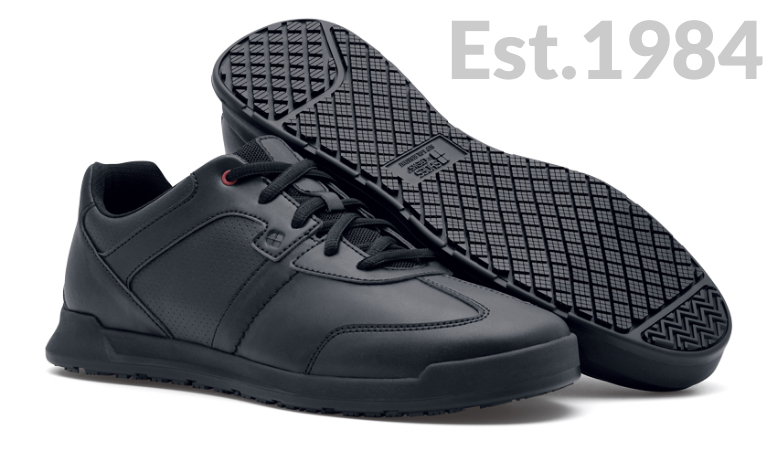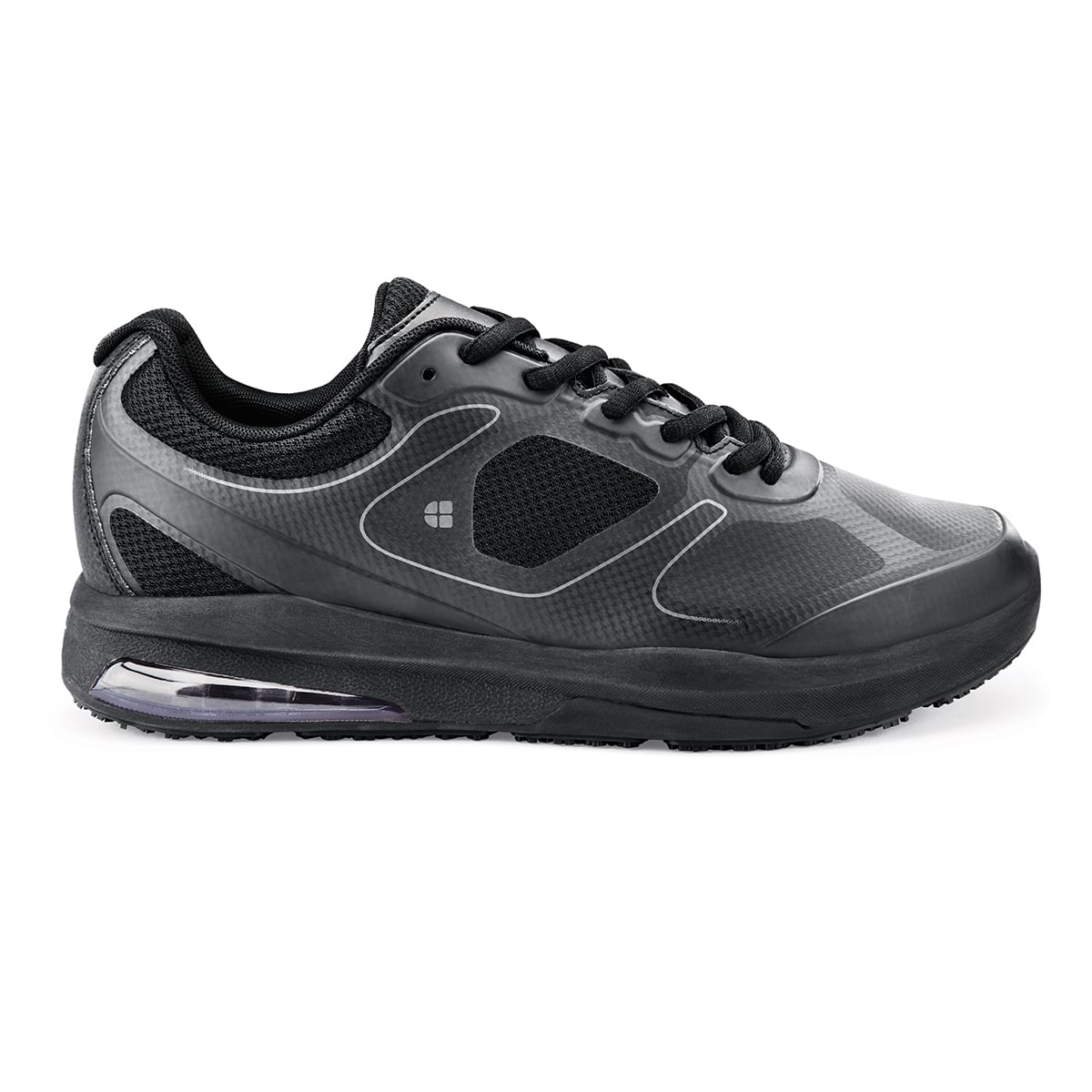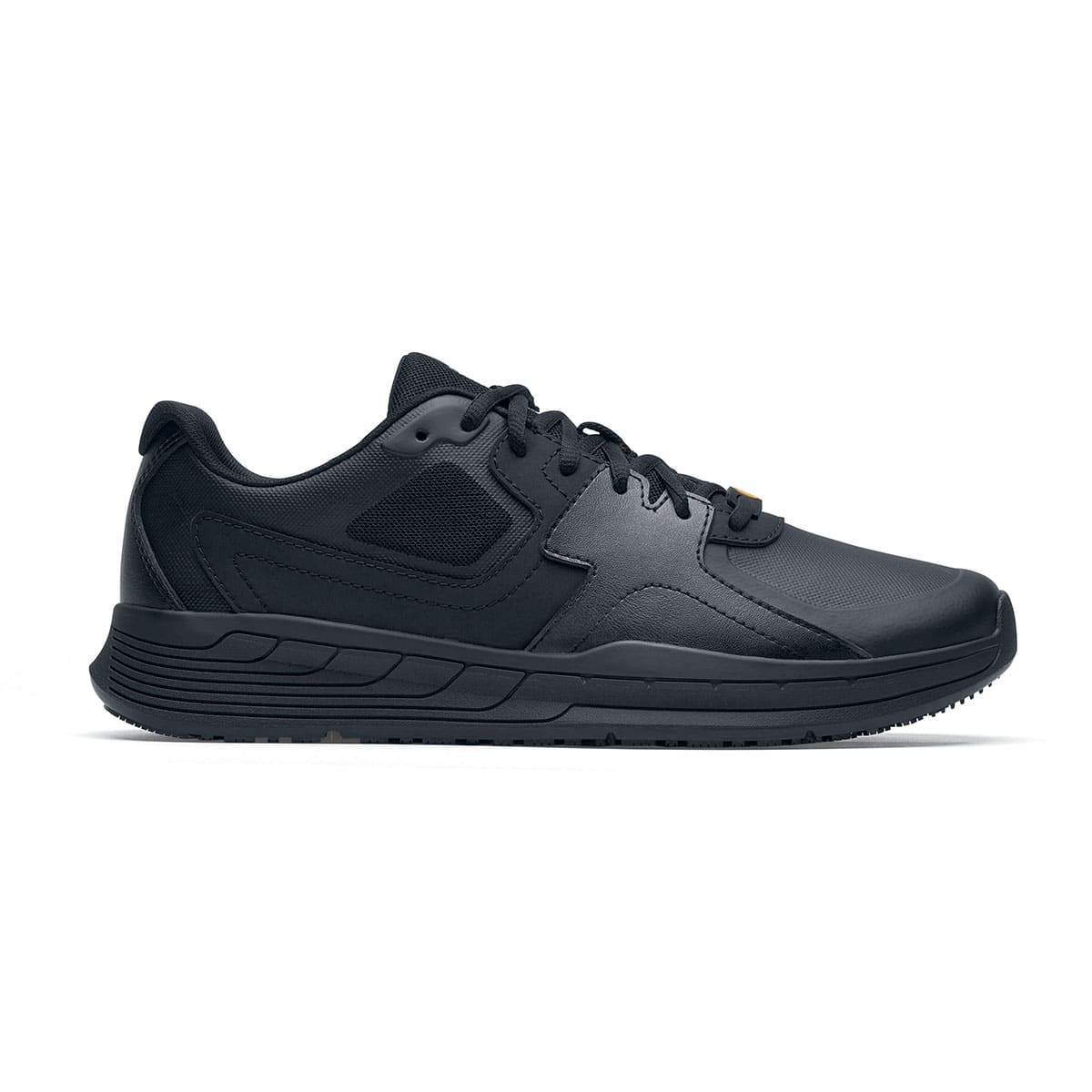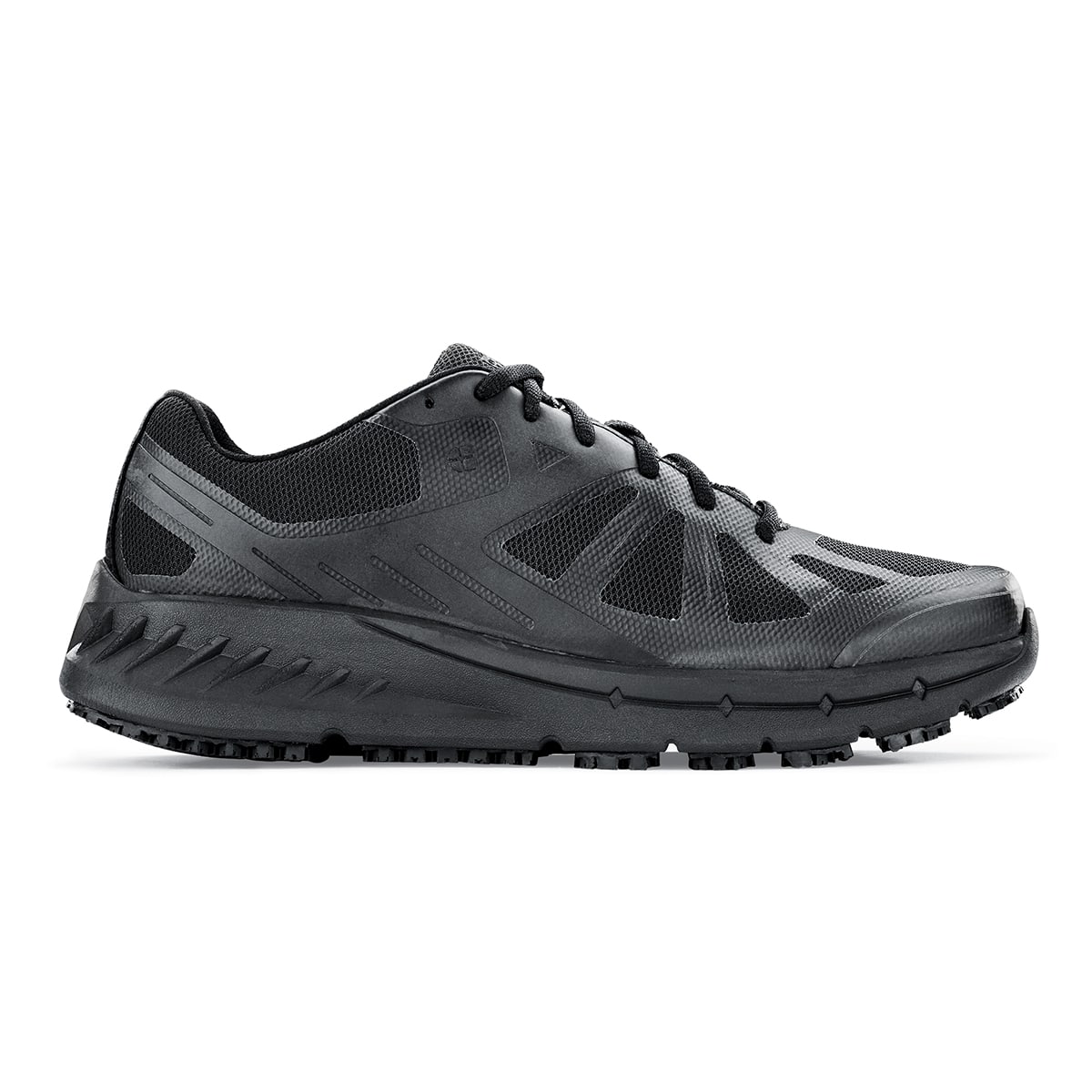When it comes to ensuring safety on the job, particularly in environments prone to spills and slippery surfaces, investing in the right footwear is crucial. Shoes for Crews has become synonymous with non-slip footwear, especially within industries like food service, hospitality, and healthcare. In this guide, we’ll delve deep into everything you need to know about non-slip shoes, including their features, benefits, cultural anecdotes, and comparisons, while ensuring you walk away with a comprehensive understanding of the options available to you.
Understanding Non-Slip Footwear
Non-slip shoes are designed to provide traction and prevent slips and falls, which are among the leading causes of workplace injuries in the USA. Many industries, including restaurants and hospitals, require employees to wear non-slip shoes to maintain safety standards.
What Makes a Shoe Non-Slip?
The effectiveness of non-slip shoes mainly lies in their sole design and material. Key components are:

- Outsole Material: Rubber or other high-friction materials are common.
- Patterned Tread: Deep grooves and patterns enhance grip.
- Water Resistance: Helps in reducing slippage on wet surfaces.
Why Choose Shoes for Crews?
Shoes for Crews has established itself as a leader in the non-slip footwear industry, offering a variety of styles and technologies to combat slipping. But what sets them apart? Let’s explore their features.
Key Features of Shoes for Crews

- Exclusive Slip-Resistant Outsole: Designed for maximum grip on wet and oily floors.
- Comfort Technologies: Include cushioning and arch support to reduce fatigue.
- Durability: Constructed with high-quality materials to withstand demanding environments.
- Variety of Styles: Available in casual, professional, and athletic styles.
Popular Models from Shoes for Crews

| Model | Features | Best For | Price Range |
|---|---|---|---|
| Classic 2.0 | Water-resistant, cushioned insole | Food Service | $49 – $69 |
| Allerton | Stylish design, slip-resistant | Healthcare | $59 – $79 |
| Stride | Lightweight, breathable | Retail | $39 – $59 |
Pros and Cons of Non-Slip Shoes

Finding the right pair of non-slip shoes involves weighing the benefits against potential drawbacks:
Pros
- Enhanced safety with reduced risk of slips.
- Improved comfort during long hours of work.
- Diverse options to suit various professional environments.

Cons
- Initial cost may be higher than regular shoes.
- Some individuals might require a break-in period for comfort.
Cultural Relevance: Non-Slip Shoes in American Workplaces

In the USA, non-slip shoes are not just a necessity; they have become a cultural staple in professions where safety is critical. Many restaurants and food service establishments mandate their staff wear non-slip shoes, showcasing a commitment to employee safety.
For instance, in bustling urban environments like New York City, it’s common to see waitstaff donning non-slip sneakers, blending fashion with functionality. Moreover, in kitchens where oil and water are prevalent, non-slip shoes have become a protective uniform essential, reflecting a culture that values employee safety and well-being.

Choosing the Right Non-Slip Shoes
When searching for the perfect pair of non-slip shoes, consider these critical factors:
Activity Type
Your job role significantly influences your footwear choice. For food service, look for shoes that are easy to clean. In healthcare, you might prioritize comfort and style.
Fit and Comfort
Ensure you select a size that allows for comfort throughout long shifts. Consider trying shoes in-store to find your perfect fit.
Durability
Check the materials used in the construction. High-quality shoes typically last longer, even under rigorous daily use.
Comparison of Non-Slip Shoe Platforms
Besides Shoes for Crews, several other brands provide non-slip footwear. Here’s a brief comparison:
| Brand | Features | Price Range |
|---|---|---|
| Skechers | Memory foam insoles, slip resistance | $50 – $80 |
| Crocs | Lightweight, easy to clean | $35 – $60 |
| New Balance | Running shoe design, breathable | $70 – $120 |
| Merrell | Outdoor durability, traction | $90 – $150 |
Potential Risks of Not Wearing Non-Slip Shoes
For those who might underestimate the importance of proper footwear, the risks can be significant. Consider the following:
Workplace Injuries
Slips and falls can lead to severe injuries, such as fractures or head injuries, resulting in lost wages and potential legal issues for employers.
Impact on Productivity
Injuries from slips and falls can lead to increased absenteeism, affecting overall workplace productivity and morale.
Care and Maintenance of Non-Slip Shoes
To ensure longevity and effectiveness, proper care of non-slip shoes is essential:
Cleaning Tips
- Regularly wipe the outsoles with a damp cloth.
- For stains, use a gentle cleaner and scrub with a soft brush.
- Air-dry properly to avoid degradation of materials.
Storage Recommendations
Store your shoes in a cool, dry place to prevent damage. Avoid stacking shoes, which can deform their shape.
FAQs About Shoes for Crews Non-Slip Footwear
What is the best way to break in non-slip shoes?
Start by wearing them for short periods at home, gradually increasing the duration to allow your feet to adjust.
Are non-slip shoes worth the investment?
Yes, considering they can prevent injuries and promote safety, the investment is worthwhile in high-risk environments.
How often should I replace my non-slip shoes?
Depending on usage, replace them every 6 to 12 months, or when the tread has worn down significantly.
Can I use non-slip shoes outside of work environments?
Absolutely! Non-slip shoes are great for any scenario where you might encounter slippery surfaces.
Conclusion
Investing in high-quality non-slip shoes, particularly those offered by Shoes for Crews, is a smart decision for anyone working in environments where safety and comfort are paramount. With the right footwear, you can enhance not only your safety but also your overall work experience. Remember to consider your specific needs, care for your shoes properly, and enjoy the peace of mind that comes with knowing you’re well-equipped to handle any slippery situation!
References
– National Safety Council. (2021). Slips and Falls Statistics.
– Occupational Safety and Health Administration. (2022). Preventing Slips, Trips, and Falls.
– Shoes for Crews. (n.d.). Official Shoes for Crews Website.